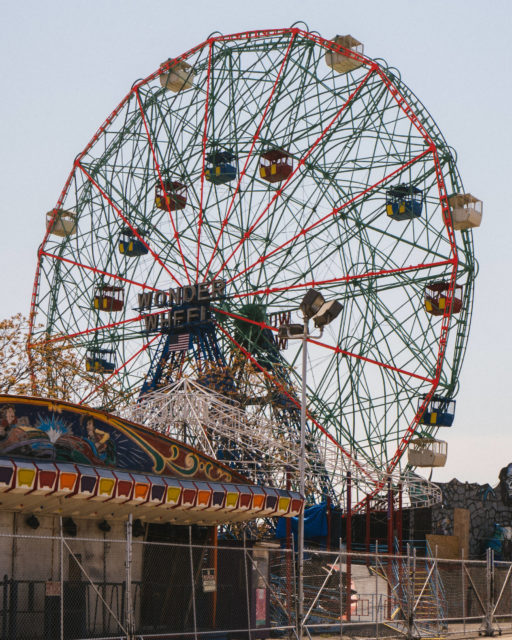It can be difficult to break free from using the same focal length. Here are four tips for using a wide angle lens to get you out of your focal length rut
When you grow accustomed to using a specific focal length — or focal lengths within a similar range — it can be difficult to break free of that tendency and try something new. Any lens that you attach to your camera that falls outside of your focal length comfort zone is probably going to look and feel pretty weird at first.
I think this is particularly true when it comes to using wide angle lenses; the wider, the weirder. But I’m convinced that, in due time, you will wonder how you ever got along without a wide angle lens.
You will need to put in some time and effort to get comfortable with a wide angle lens, but once you’ve done that you will be on your way to capturing stunning images.
Here are four simple ideas that will assist you in getting comfortable with a wide angle lens and using it for maximum visual impact.
1. Learn To See Differently
For some people, the widest lens they’ve ever used is 35mm and even then, that seemed too wide. If this describes you, you’ll need to brace yourself for the possibly overwhelming field of view afforded by something really wide.
What constitutes “really wide”? Well, that probably depends on who you ask. I have a 16-35mm lens that I’m quite fond of, but even for me, it can be jarring to use it at its widest setting after having an 85mm or 50mm lens glued to my camera for some time.
Such a wide angle allows you to see not just what’s directly in front of you but also brings much of the periphery into view. In a way, you have visual access to new things — or, at least, have a new way of seeing things you’ve seen a million times but never really appreciated.

2. Manage Your Visual Real Estate
As I just mentioned, a wide angle lens gives you an impressive field of view, which means you will need to manage it wisely in order to get a good shot out of it.
Your first instinct might be to simply aim your lens at anything and marvel at how much information you can capture in a single frame. But this approach can, ironically, leave you feeling empty.
You need to be deliberate and precise with composition and framing, establishing a strong point of interest or visual anchor so that the viewer’s eyes don’t wander helplessly around the frame.
This is accomplished largely by making sure you have a clearly delineated foreground and background.
If you feel you’ve still got too expansive a scene, you can crop out the excess.


3. The Upper Third Vs. The Lower Third
Common composition advice states that you should place the horizon on either the upper third or lower third of the frame. How you determine which third depends on the visual properties of your scene.
If you have a dynamic sky above you — interesting cloud patterns, dramatic lighting, a graceful sunset — then give preference to that and limit the foreground to the lower third of the frame.
On the other hand, if the foreground possesses the bulk of the visual interest it would make sense to extend it out to the upper third.
Remember, however, that these are just suggestions that work more often than not — let your creativity be your ultimate guide.


4. Enjoy The Versatility
The tips above focus on using a wide angle lens for landscape photography because that is how they are most often used. A wide-angle lens, however, is no one-trick-pony.
A wide angle lens is ideal for architecture and real estate photography. And yes, it can even be used for portraits.
Composition and subject placement will be of the utmost importance when doing portraits, as that amount of distortion involved can be unflattering. Just know that whatever is closest to your lens is going to appear larger. For this reason, the combination of wide angle lenses and human subjects tends toward environmental portraiture and documentary work.


Final Thoughts
I suppose wide angle photography is an acquired taste. If you’re curious you can rent a wide angle lens before dropping a lot of cash on one. Renting or borrowing will make it easier to sample the many wide angle offerings available and narrow down what route you want to finally go.
14-24mm and the aforementioned 16-35mm are pretty popular zoom ranges within the wide angle lens category and great options if you want to remain flexible.
If you’re feeling adventurous, you can go even wider and enter the realm of the fisheye — these lenses usually fall in focal lengths between 8mm to 16mm.
Ultimately, a wide angle lens is simply another tool that you can use to tell your story — try one out if you’re in search of a different way of communicating.
Further Reading
- 4 Practical Benefits Of A Wide Angle Lens
- Something Different: Using a Wide Angle Lens for Portraits
- Thinking About Using A Wide Angle Lens? Here are 5 Reasons You Should!
Shareable Images for Pinterest





1 Comment
Great article!